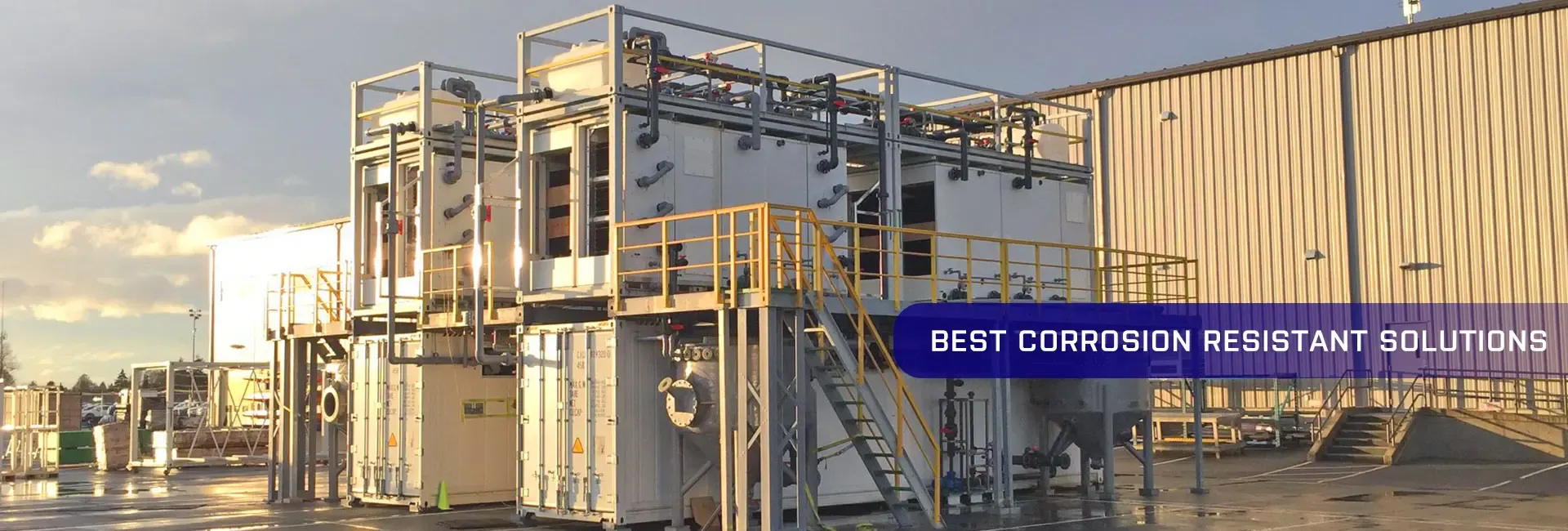
-
 Afrikaans
Afrikaans -
 Albanian
Albanian -
 Amharic
Amharic -
 Arabic
Arabic -
 Armenian
Armenian -
 Azerbaijani
Azerbaijani -
 Basque
Basque -
 Belarusian
Belarusian -
 Bengali
Bengali -
 Bosnian
Bosnian -
 Bulgarian
Bulgarian -
 Catalan
Catalan -
 Cebuano
Cebuano -
 China
China -
 China (Taiwan)
China (Taiwan) -
 Corsican
Corsican -
 Croatian
Croatian -
 Czech
Czech -
 Danish
Danish -
 Dutch
Dutch -
 English
English -
 Esperanto
Esperanto -
 Estonian
Estonian -
 Finnish
Finnish -
 French
French -
 Frisian
Frisian -
 Galician
Galician -
 Georgian
Georgian -
 German
German -
 Greek
Greek -
 Gujarati
Gujarati -
 Haitian Creole
Haitian Creole -
 hausa
hausa -
 hawaiian
hawaiian -
 Hebrew
Hebrew -
 Hindi
Hindi -
 Miao
Miao -
 Hungarian
Hungarian -
 Icelandic
Icelandic -
 igbo
igbo -
 Indonesian
Indonesian -
 irish
irish -
 Italian
Italian -
 Japanese
Japanese -
 Javanese
Javanese -
 Kannada
Kannada -
 kazakh
kazakh -
 Khmer
Khmer -
 Rwandese
Rwandese -
 Korean
Korean -
 Kurdish
Kurdish -
 Kyrgyz
Kyrgyz -
 Lao
Lao -
 Latin
Latin -
 Latvian
Latvian -
 Lithuanian
Lithuanian -
 Luxembourgish
Luxembourgish -
 Macedonian
Macedonian -
 Malgashi
Malgashi -
 Malay
Malay -
 Malayalam
Malayalam -
 Maltese
Maltese -
 Maori
Maori -
 Marathi
Marathi -
 Mongolian
Mongolian -
 Myanmar
Myanmar -
 Nepali
Nepali -
 Norwegian
Norwegian -
 Norwegian
Norwegian -
 Occitan
Occitan -
 Pashto
Pashto -
 Persian
Persian -
 Polish
Polish -
 Portuguese
Portuguese -
 Punjabi
Punjabi -
 Romanian
Romanian -
 Russian
Russian -
 Samoan
Samoan -
 Scottish Gaelic
Scottish Gaelic -
 Serbian
Serbian -
 Sesotho
Sesotho -
 Shona
Shona -
 Sindhi
Sindhi -
 Sinhala
Sinhala -
 Slovak
Slovak -
 Slovenian
Slovenian -
 Somali
Somali -
 Spanish
Spanish -
 Sundanese
Sundanese -
 Swahili
Swahili -
 Swedish
Swedish -
 Tagalog
Tagalog -
 Tajik
Tajik -
 Tamil
Tamil -
 Tatar
Tatar -
 Telugu
Telugu -
 Thai
Thai -
 Turkish
Turkish -
 Turkmen
Turkmen -
 Ukrainian
Ukrainian -
 Urdu
Urdu -
 Uighur
Uighur -
 Uzbek
Uzbek -
 Vietnamese
Vietnamese -
 Welsh
Welsh -
 Bantu
Bantu -
 Yiddish
Yiddish -
 Yoruba
Yoruba -
 Zulu
Zulu
Exploring the Benefits of FRP Dual Lamination Products for Enhanced Durability and Performance
Exploring FRP Dual Lamination Products A Versatile Solution for Modern Applications
Fiber Reinforced Polymer (FRP) dual lamination products represent a significant innovation in materials engineering, blending the robust characteristics of composite materials with advanced lamination techniques. This combination not only enhances the performance of FRP products but also widens their applicability across various industries, from construction to aerospace. In this article, we delve into the intricacies of FRP dual lamination, its benefits, applications, and why it may be the ideal choice for your next project.
Understanding FRP Dual Lamination
FRP is composed of a polymer matrix reinforced with fibers, typically glass, carbon, or aramid. This unique composition provides enhanced strength-to-weight ratios, corrosion resistance, and design flexibility. Dual lamination refers to the process of layering two or more materials to achieve a composite that boasts the best properties of each layer. In the context of FRP, this means combining the lightweight and strong characteristics of the polymer with the durability and thermal stability of additional materials, often metals or high-performance plastics.
The dual lamination process not only improves structural integrity but also tailors the thermal and electrical performance of the final product, making it suitable for a wider range of environments. This makes FRP dual lamination a game-changer for industries that demand high-performance materials under challenging conditions.
Key Benefits of FRP Dual Lamination Products
1. Enhanced Durability One of the most significant advantages of FRP dual lamination is its resistance to environmental factors. The laminated layers provide added protection against moisture, chemicals, and UV radiation, which is particularly crucial in sectors like marine and offshore applications.
2. Weight Reduction Compared to traditional materials such as metal, FRP products are incredibly lightweight without compromising strength. This characteristic can lead to significant savings in transportation costs and make it easier to handle and install components.
3. Corrosion Resistance Traditional materials often succumb to rust and corrosion over time, leading to increased maintenance costs. FRP dual lamination products resist corrosion, extending their life and reducing the need for repairs.
4. Versatility The ability to customize the layering and materials allows for targeted construction based on specific application needs. Whether for structural components that require additional load-bearing capabilities or components needing thermal insulation, FRP dual lamination provides options.
frp dual lamination product

Applications of FRP Dual Lamination Products
FRP dual lamination products are increasingly popular in various industries due to their numerous advantages. Here are some key applications
- Construction Used in beams, columns, and reinforcements, FRP dual lamination enhances the structural integrity of buildings while being lightweight, reducing overall project costs and complexity.
- Transportation The automotive and aerospace industries benefit from the weight-saving properties of FRP, where reducing mass leads to improved fuel efficiency. Dual laminated components can serve in structural frameworks, interiors, and even fuselage sections.
- Marine Boats and ships benefit from FRP's corrosion resistance, and dual lamination provides added protection against water infiltration, ensuring longevity and performance under harsh marine conditions.
- Energy In renewable energy sectors, such as wind and solar, FRP products are used for blades and panels. The lightweight and durable properties lead to improved efficiency and performance in these applications.
Conclusion
As industries continue to evolve toward sustainable and efficient solutions, FRP dual lamination products provide a reliable alternative to traditional materials. Their lightweight, durable, and corrosion-resistant features make them a smart choice for a myriad of applications, driving innovation across sectors. By leveraging the strengths of both FRP and dual lamination processes, manufacturers and consumers alike can benefit from a versatile, high-performance material that meets the demands of modern engineering challenges.
In a world where material science is increasingly crucial to performance and sustainability, embracing FRP dual lamination technology can set a foundation for future advancements and efficiencies across industries. Whether you’re in construction, transportation, or energy production, considering FRP dual lamination might just lead to your next big breakthrough.









